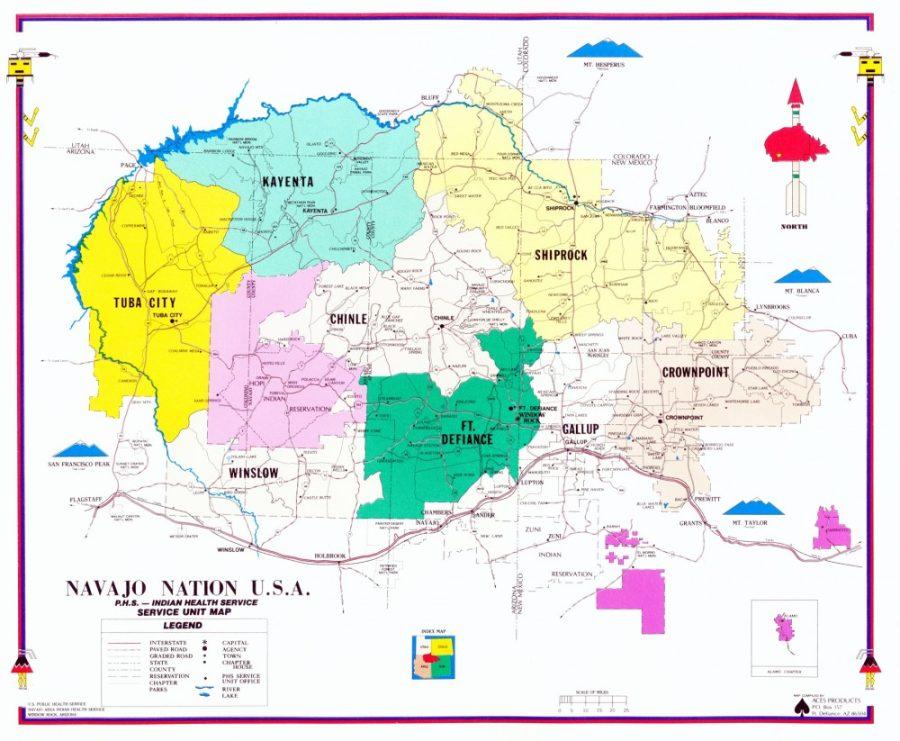A new $3 million grant from the National Science Foundation will allow University of Arizona professors and graduate students to address resource scarcity within the Navajo Nation.
The majority of the Navajo Nation is located in northeastern Arizona, and 35 percent of homes on the Navajo Nation lack reliable connections to central power and drinking water, according to the grant’s abstract on NSF.gov.
Led by Karletta Chief, assistant professor of American Indian studies and soil, water and environmental sciences, a team of professors and graduate students will use STEM outreach in an attempt to change this. This work is part of a new food, energy and water security minor that is currently being developed at the UA.
Chief’s UA collaborators come from a variety of disciplines on campus: American Indian Studies; materials, science and engineering; chemical and environmental engineering and agricultural-biosystems engineering.
RELATED: How osmosis is helping bring water to off-the-grid Navajo Nation areas
The aim of the initiative is not simply to improve access to resources on the Navajo Nation; it also intends to foster partnership between academia and indigenous peoples.
“Students will be trained on cultural sensitivity and how to work with indigenous peoples,” Chief said.
What distinguishes this STEM outreach in particular is that it will focus on fitting sustainable systems to existing rural infrastructure, not the other way around.
“The systems may not necessarily work if you don’t take into consideration the communities’ priorities,” Chief said.
Chief, who is also an assistant professor of arid lands resources sciences and its graduate interdisciplinary program, named everyday access to food, water and energy as among the greatest challenges facing the Navajo Nation.
“We need systems that would be able to serve a community that is dispersed,” she said. “Not everybody wants to live in towns.”
The land of the Diné, which is the traditional Navajo people’s name, spreads across some 25,000 square miles. It is the largest reservation in the U.S., according to the Indian Health Service.
With that in mind, Chief stressed that the issue must be seen holistically.
“It wouldn’t be just about water. People have to drive 30 to 100 miles just to get to a grocery store,” she said. “And sometimes, the food may not be the best.”
RELATED: Cannabis and cancer: another connection
Chief said the work with resource scarcity in the Navajo Nation is part of a larger plan. She envisions similar initiatives happening on a much broader scale.
“The long-term goal is to develop and train students to apply their educations in engineering and science to indigenous communities around the world,” she said.
Vital to this goal is the relationship with indigenous communities. By partnering with Diné College, which is situated within the Navajo Nation, the STEM outreach goes beyond simple science-based philanthropy.
Preliminary work on the initiative has already begun, with the team working to recruit students and finalize program details. The grant runs for five years; in August 2018 the outreach will go live when students are allowed to enroll. And despite the challenges, Chief remains ambitious and optimistic.
“We’ll be developing a curriculum that will be used to help the tribal colleges train their own students and community members,” she said. “We’ll be working together.”
Follow The Daily Wildcat on Twitter









